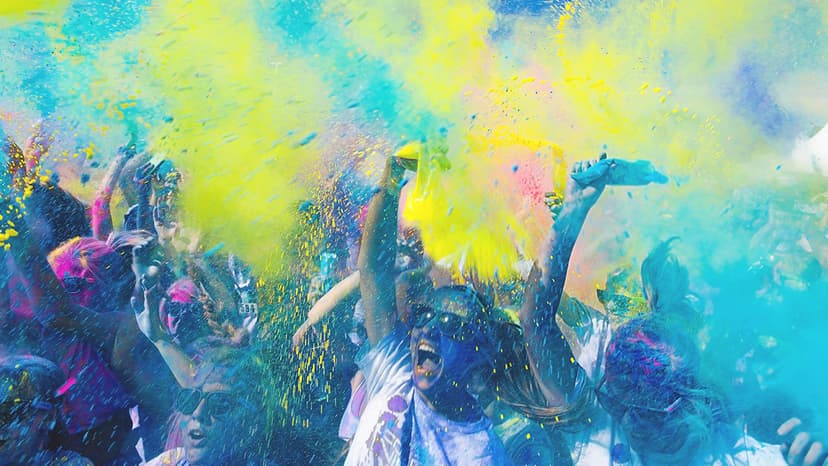The Whimsical World of Flash Mobs
Imagine walking through the city on a leisurely afternoon. Suddenly, music fills the air. You notice a group of strangers beginning to dance in perfect harmony. This is the world of flash mobs, where surprise performances transform everyday places into vibrant stages.
Flash mobs are spontaneous gatherings where individuals perform unexpected acts—usually a dance or song—before quickly dispersing. While they appear impromptu, flash mobs are carefully planned. Participants rehearse in secret to ensure the performance captivates and delights bystanders.
How Did Flash Mobs Begin?
Flash mobs originated in 2003, created by Bill Wasik, a senior editor at Harper's Magazine. He aimed to explore social conformity and uniqueness. The first flash mob took place in a New York City store’s rug department. Although the initial attempt failed, a second flash mob at Macy's was successful, sparking a global phenomenon.
The Anatomy of a Flash Mob
What makes a flash mob successful? It boils down to three key elements:
1. Surprise!
Surprise is vital. Bystanders do not expect a performance during their daily routines. This element breaks monotony and elevates the atmosphere.
2. Master Planning
Flash mobs require precise planning. Locations, times, and choreography are all predetermined. Volunteers coordinate through various communication methods, converging to execute the performance flawlessly.
3. A Connection Forged
A flash mob fosters connection. Strangers unite for a shared purpose, creating an experience that brings performers and audiences together.
Flash Mobs Around the World
Flash mobs vary globally, from marriage proposals to viral marketing. In India, flash mobs often have a Bollywood twist, while South Korea showcases K-pop dance routines in public spaces.
The Marketing Magic of Flash Mobs
Marketers quickly recognized flash mobs' potential. Companies use them to capture public attention in a crowded ad landscape. For example, T-Mobile arranged a lively dance at Liverpool Street Station in London. The joyous surprise quickly spread online, showcasing the event's marketing impact.
Challenges and Criticisms
Flash mobs encounter several challenges. Managing safety is crucial during public gatherings. Crowds can become overwhelming, and what entertains some may inconvenience others.
As flash mobs gained popularity, their original intent—as a social commentary—sometimes shifted toward commercial interests.
Evolution and Legacy
Despite challenges, flash mobs have evolved creatively, inspiring spontaneous pillow fights and silent disco events. They also serve as platforms for political statements and messages of peace. Regardless of intent, flash mobs remain prominent in modern culture, reminding us that the ordinary can become extraordinary swiftly.
In everyday life, flash mobs act as bursts of excitement, celebrating community, creativity, and shared experiences. The next time you enjoy coffee or shop for groceries, stay alert. You might find yourself swept up in the joyful surprise of a flash mob.












